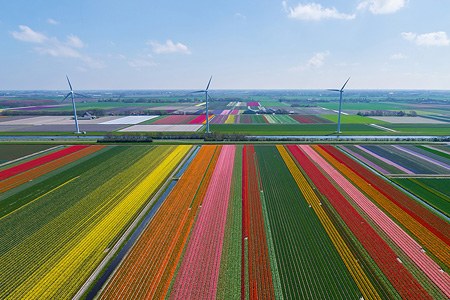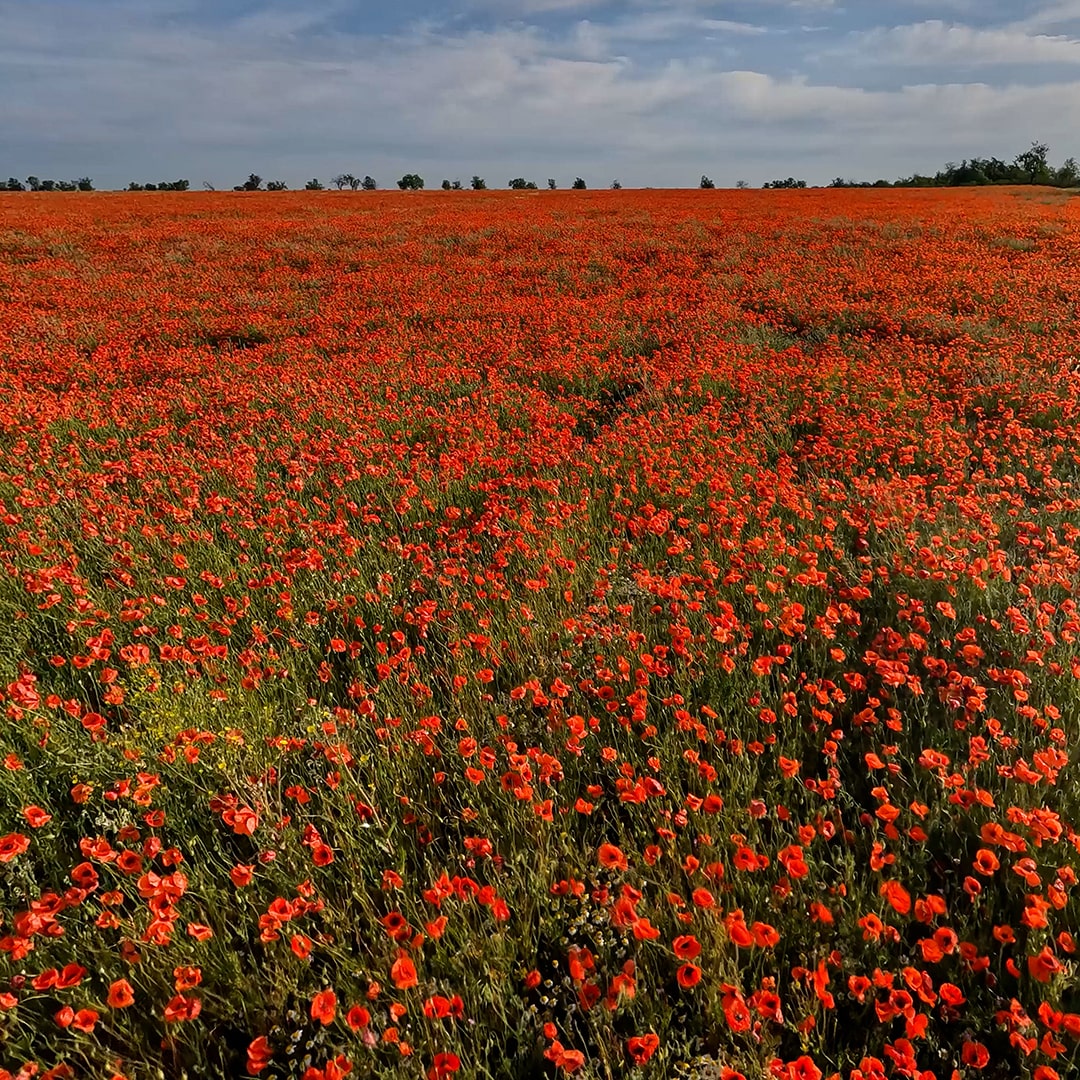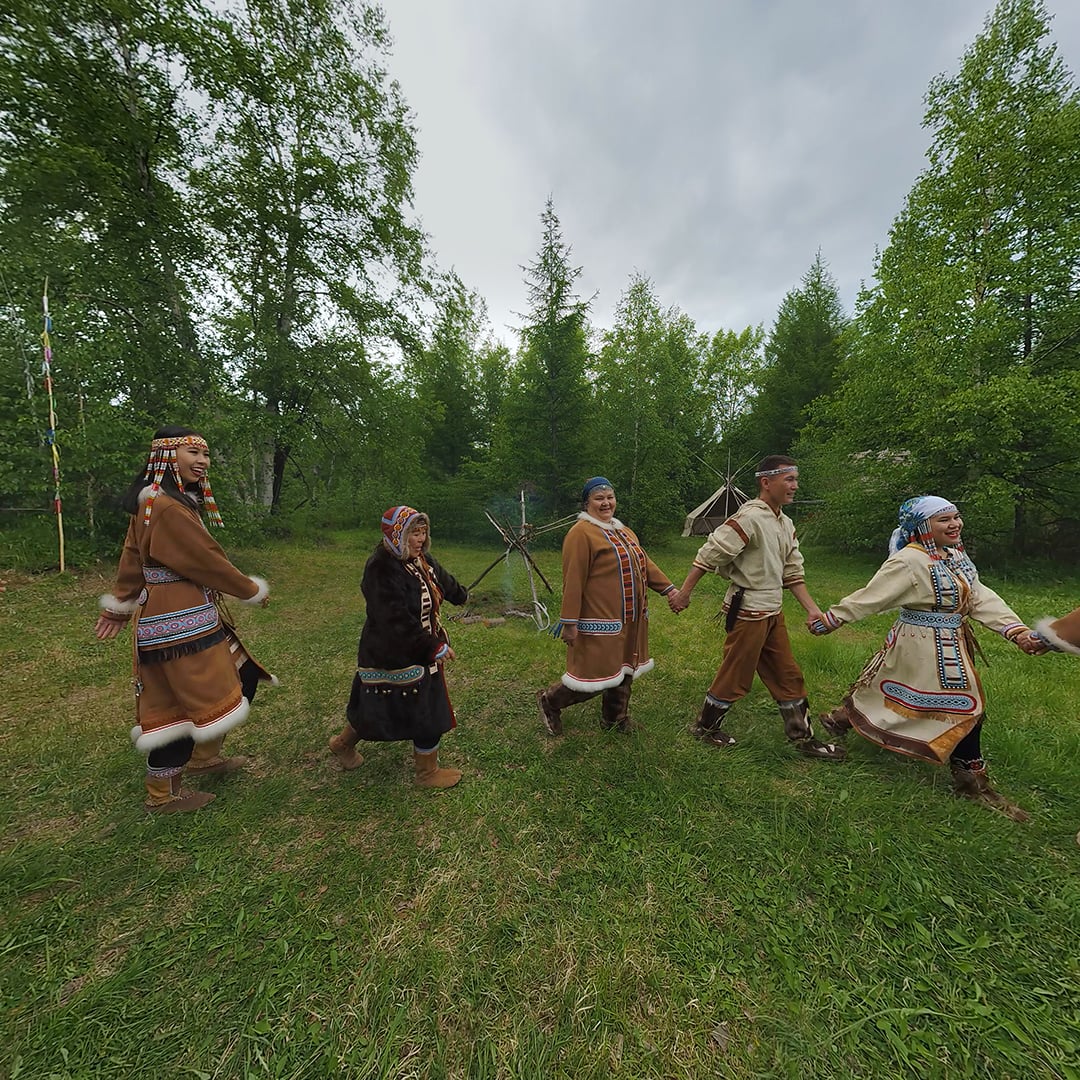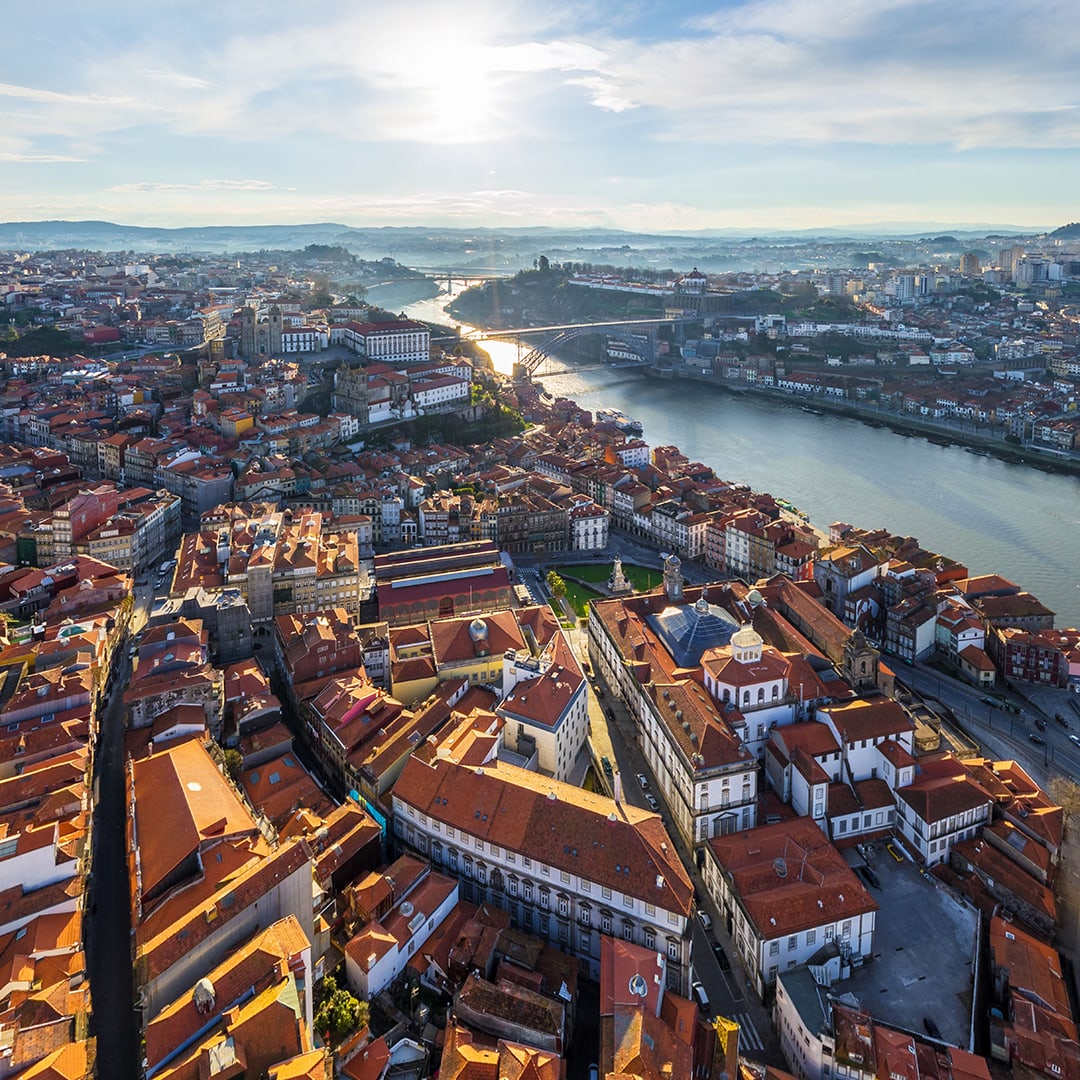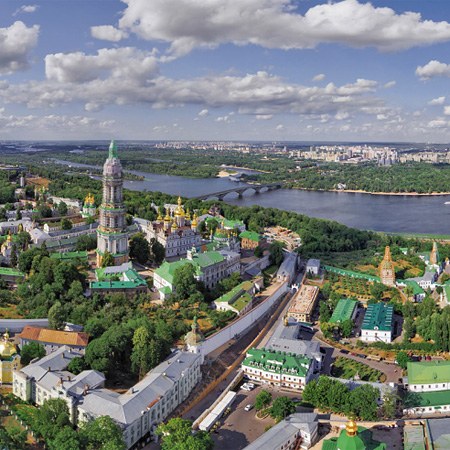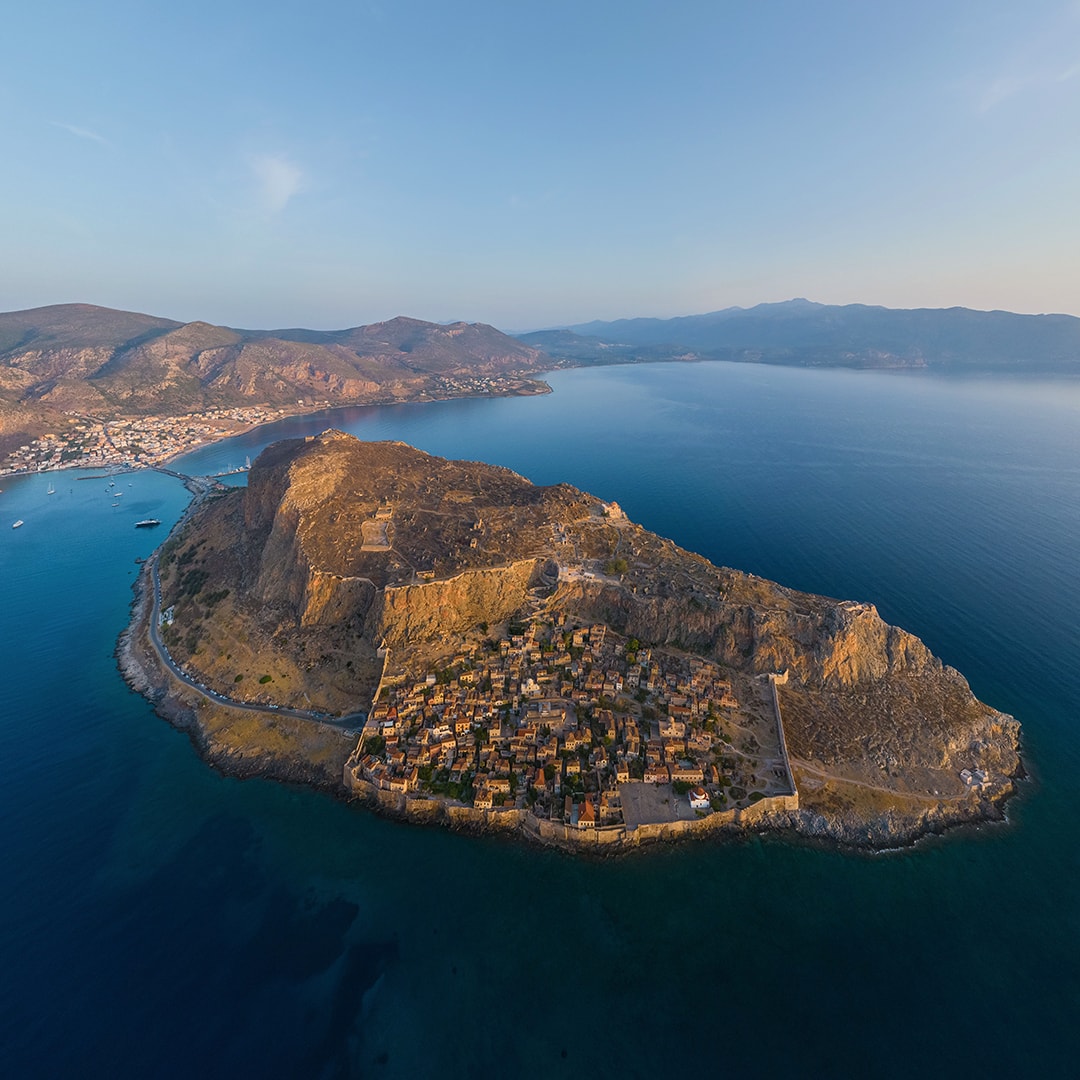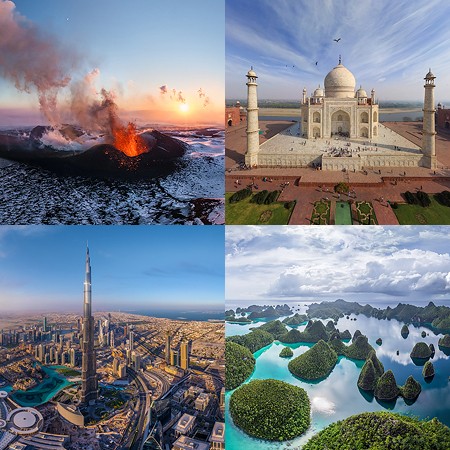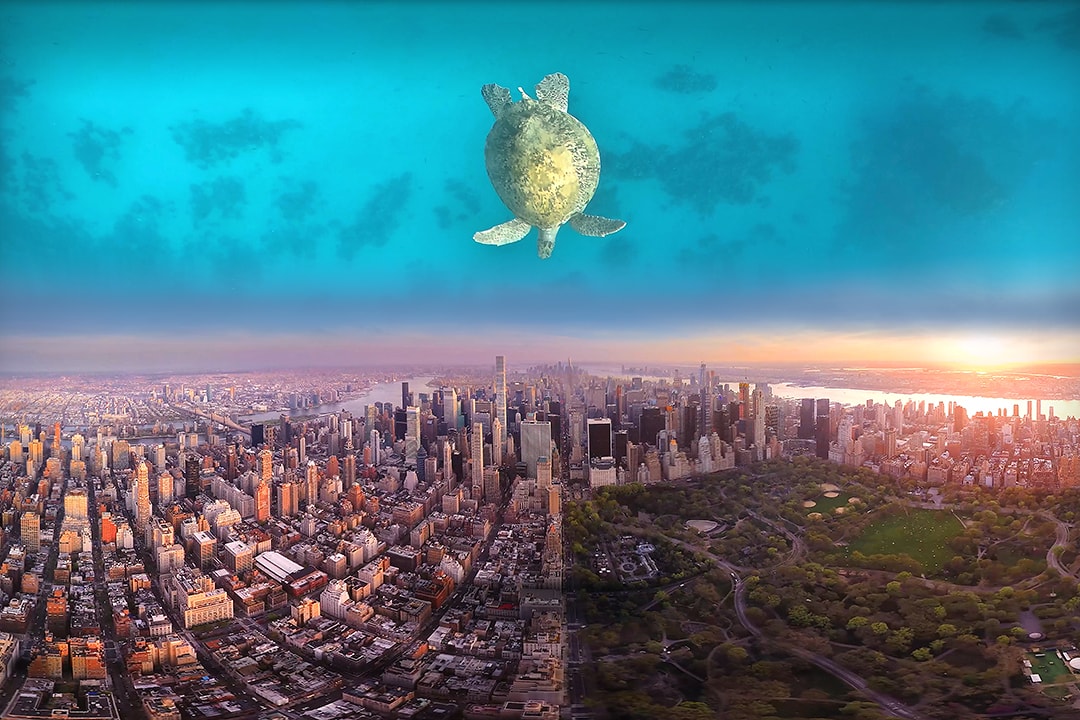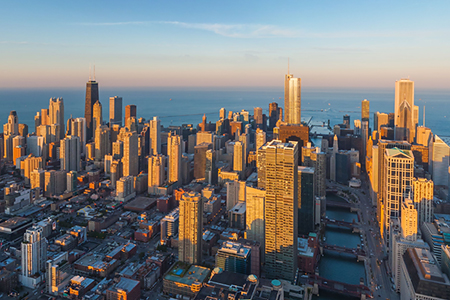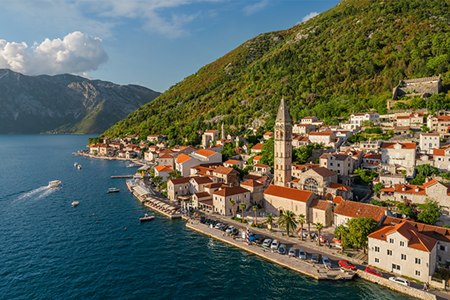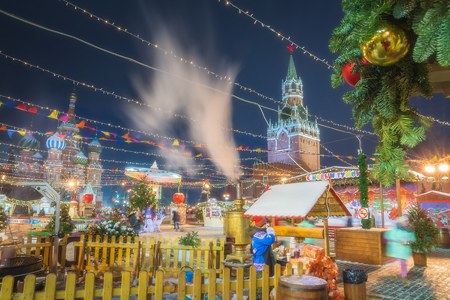Amsterdam, Netherlands
If you look at a map of Amsterdam, you can see channels spread out in semicircles from the Central Station, located on the banks of the outgoing sea strait IJ. It is hard to believe that previously the sea started right at the Dam Square, or simply The Dam ("de Dam" in Dutch). Hundreds of years of painstaking work allowed workers to push the sea back and create new or reclaimed land — polders that used to be the seabed. The city itself lies four meters below the sea level. Canals and bridges are everywhere here, and water traffic does not concede to the intensity of the ground-based traffic.

The old quarters of Amsterdam are perfectly preserved, many buildings date back to the 17th — 18th centuries. These are ordinary houses handed down from generation to generation! Their preservation is absolutely surprising, given that most of them stand on piles driven into the ground.

Many houses have winches on the top: a long time ago they were used to drag goods to the upper floors for storage, since the lower floors often suffered from floods. Now, these winches are not sitting idle either. They are used to raise bulky furniture to the top and through the window, because traditionally old houses have very narrow stairs. Two people can hardly pass each other, not to mention fitting a table or dresser through.

The bicycle is one of the symbols of Amsterdam. Cyclists in the city are the main participants of traffic, they even have special traffic lights installed, not to mention bike lanes. It is a real pleasure to ride a bicycle in Amsterdam: the terrain is flat and an uphill ride is not necessary. Often you can see parents riding bikes together with their children of all ages. Amsterdam, with its population of 800 — 900 thousand people, has more than a million bicycles, which outnumbers the citizens in the city.
One of the tourists' stereotypes associated with Amsterdam is legalized drugs and prostitution. Indeed, you can buy hashish and marijuana in a coffee shop, but no more than 5 mg. Patrons of these establishments are mainly tourists. By the way, smoking tabaco in public places is prohibited.

As for Amsterdam's famous Red Light District, it even has a bronze monument dedicated to the «workers of the sex industry» — the first and only such monument in the world.
Prostitution is officially considered a profession, just as any other type of work; and the sex industry workers not only pay taxes but also have their own trade union. It is strictly forbidden to take pictures in the district: you cannot violate privacy! They say that the bottom of the local canals is covered with cameras of unfortunate tourists who broke the rule.

However, the Red Light District was one of the locations scheduled for our aerial photo shoot in Amsterdam, and so we were very worried about what could happen to our photo equipment as well as us. Our RC helicopter barely got off the ground. Onlookers gathered around, and then a minute later police officers approached us, asking; "Do you know that it is prohibited to shoot in the district ?" The tone of their voice was quite friendly, and so we showed them a picture on our camera, and they nodded. The verdict was unexpected: "It is true, you are not allowed to take pictures, but so be it. We will stay here with you to make sure you do not have any problems!. " At the end we even made a group shot with the police officers.

The city of Amsterdam is also famous for its museums: it is home to more than fifty museums. There are museums for every taste: The Art Rijksmuseum, The Van Gogh Museum, The Rembrandt House Museum, fantastic Nemo Science Center, the Maritime Museum, which has the world's largest collection of ships — you name it. It is an interesting tradition to hold exhibitions in churches. For example, the Old and New churches are among the most popular venues for exhibitions and concerts.

The ability to arrange spur-of-the-moment celebrations is one of the wonderful characteristics of Dutch people in general; Amsterdam residents in particular. Every weekend and sometimes during weekdays, here and there you can hear musicians playing or find impromptu street fairs, or sometimes neighbors come out and set a table with food on a street. Everybody gets involved, regardless of age or level of income.

However, the biggest celebration happens on King's Day. Millions of visitors come to Amsterdam at this time. The celebration begins the night before the official holiday with numerous concerts, turning into the "Royal Night", and continues the next day with a variety of activities, including a parade of boats and ships dressed in the national color — orange.

It is always a pleasure, even on a rainy day, which is not rare here, to stroll along the canals, admiring sailing boats, trying famous warm Stroopwafel with caramel, and enjoying the sound of the church bells. The residents of the city are very friendly and helpful, so no need to be afraid of getting lost, they will always help you find your way. Each year around four-and-a-half million tourists visit Amsterdam, which is about five times more than the city's population. Amsterdam is definitely one of the cities where you want to go back!
Photo and text by Stas Sedov and Sergey Shandin
17 December 2014
Read more
Photogallery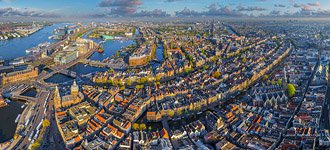 Amsterdam #37
Amsterdam #37
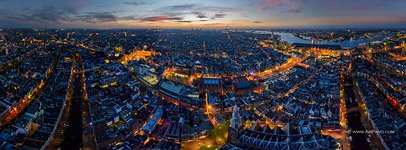 Amsterdam #38
Amsterdam #38
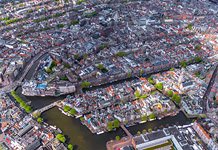 Amsterdam #8
Amsterdam #8
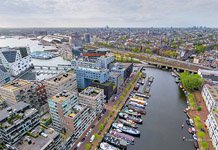 Westerdok Disctrict #3
Westerdok Disctrict #3
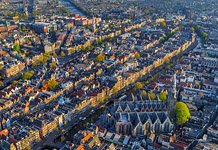 Amsterdam #35
Amsterdam #35
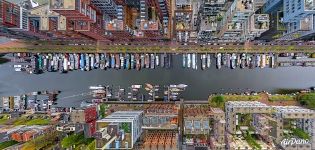 Westerdok. Panorama
Westerdok. Panorama
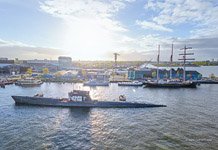 NDSM shipyard. Soviet submarine
NDSM shipyard. Soviet submarine
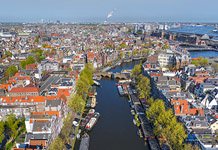 Amsterdam #24
Amsterdam #24
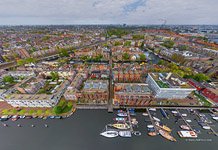 Westerdok Disctrict #2
Westerdok Disctrict #2
 Amsterdam #15
Amsterdam #15
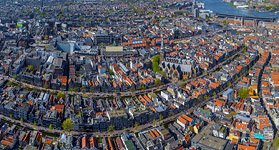 Amsterdam #30
Amsterdam #30
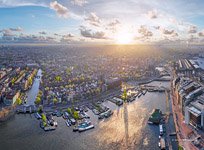 Amsterdam #4
Amsterdam #4

